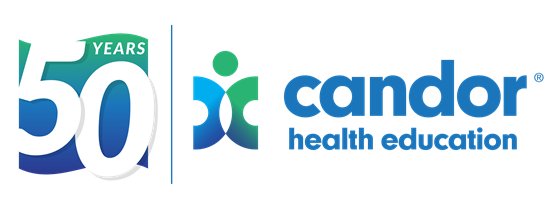Substance abuse takes varied forms and affects individuals of all ages in our community. Because of the heightened coverage and devastating effects, let’s focus on opioids: heroin and prescription pain pills and the impact on young people. From the Partnership for Drug-Free Kids:
- One in four teens reports having abused a prescription drug at least once
- One in five of these teens has done so before the age of 14
- Two-thirds of teens who have abused prescription pain relievers say they get them from family and friends
- 80% of heroin users started misusing prescription drugs
- 90% of addiction starts in the teen years
Dr. Nora Volkow, director of the National Institute on Drug Abuse states the dangers plainly. “The message should be clear and unequivocal: For teens and young adults, whose brains are still not finished maturing and thus can be readily altered in their development by any substance exposure, there are simply no safe drugs.”
As a community, we must commit to primary prevention education. At the Robert Crown Center for Health Education, we partner with middle and high schools to provide this education for their students about the teen brain, impact of opioids, risk & protective factors and social emotional learning (SEL).
Parents must be prepared to talk to their children. Studies show that parents are the biggest influencers of their child’s decision making. Teens report that more than any other source (friends, siblings, media, teachers), their parents influenced their decisions about risky behaviors. While 90% of addiction starts in the teen years, 50% can be avoided by ongoing conversations about drugs with a trusted adult. The best way to have an impact on your children’s choices is to know what decisions they’re facing.
Unfortunately, the world in which our children reside is much more complex and challenging than the world many of us resided in as children. Young people are bombarded with harmful expectations of how they should look, feel, and behave. They do not always have a safe outlet to explore factors that influence their perceptions of themselves. These factors contribute to the “why” many young people experiment with risky behaviors, specifically drug use. Young people need to understand that drug use may provide an escape or take away the short term pain, but the long term impact can be devastating.
Per the Office of National Drug Control Policy (ONDCP), “Preventing drug use before it begins—particularly among young people—is the most cost-effective way to reduce drug use and its consequences. The best approach to reducing the tremendous toll substance abuse exacts from individuals, families and communities is to prevent the damage before it occurs. In fact, recent research has concluded that every dollar invested in school-based substance use prevention programs has the potential to save up to $18 in costs related to substance use disorders.”
Primary prevention plants seeds with students in hopes that these skills will be nourished as they grow and mature, thus building grit and resilience. If our young people understand their context, have the skills to recognize potential options, and the fortitude to make the right decision, our job will be complete. This work is too important to take a back seat to the existing social pressures in our children’s lives. We must close the loop and strengthen the web of support for our young people in their day-to-day journeys.
